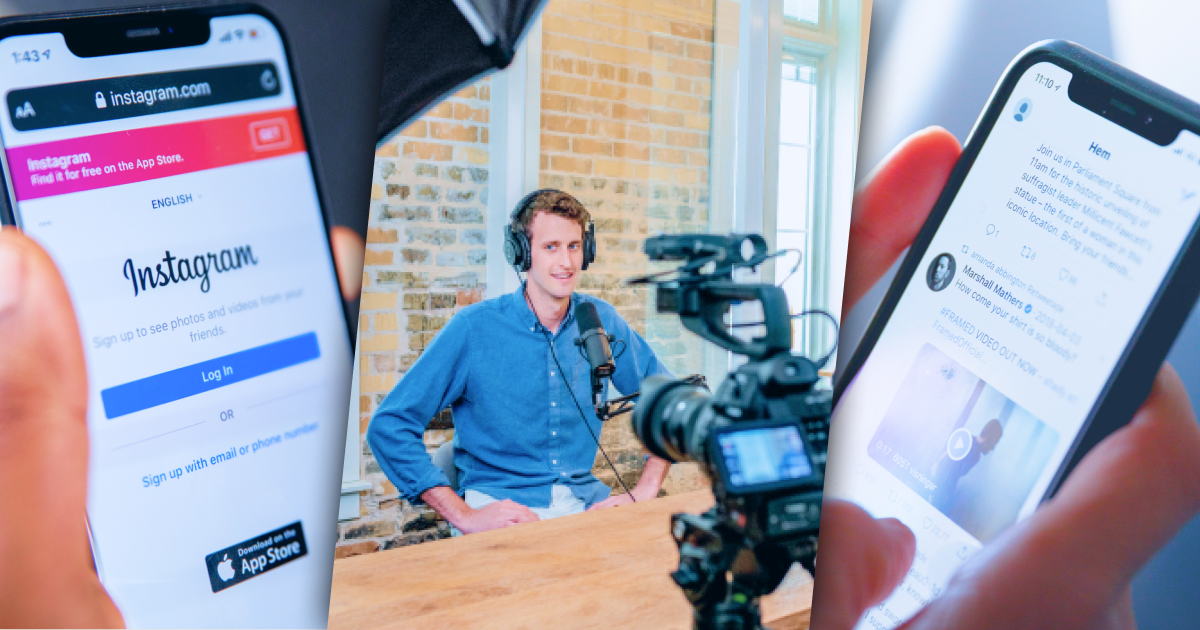Ever read a good story, and notice the immediate effect it has on you? The way your mind plays out the action, how your heart tugs with emotion for the people involved?
As humans, our brains are wired to respond this way to stories. This feeling is backed by science. Neuroscientists at Princeton found that while we are reading or listening to a story, our brain mirrors the brain of the storyteller, as if you are experiencing it yourself.
This is the power of stories. They let others feel for your cause as if they are living it for themselves. This is a powerful tool for nonprofit fundraising.
Stories help build emotional connections between donors and charities. Telling your donors the stories of where their money goes will not only make it feel real for them, but will inspire them to give more.
Want some proof? Take The Prevent Cancer Foundation’s popular charity gaming marathon, Awesome Games Done Quick. We’ve written previously about how gaming marathons can be used to raise money, and PCF makes sure their donors know where their money is going through powerful storytelling.
PCF’s website details how this event funds grants for cervical cancer screenings in places where early detection resources are limited, highlighting the women who receive this screening. By sharing these stories, the donors directly feel the impact of their contributions and are inspired to give, as evidenced from this single charity event tripling the yearly donation total over the last five years.
How can I share my charity’s success story?
Since storytelling is the cornerstone of all nonprofit marketing, you probably already understand that it’s a good idea to share stories as part of your marketing strategy. However, by focusing on narratives that highlight your successes, you can let your experience speak for itself as well as spend less time brainstorming strategies and more time exposing all the good you’re already doing.
Here’s how you can turn your successes into powerful tools to drive online giving:
Contextualize statistics into experiences.
It’s clear that facts and figures give a clear picture of the problem, but it’s hard to become emotionally invested in a number. Citing that 1,000 children in your city need food may not tug at the heart in the same way as the story of John, a hungry child in your neighborhood. It gives us the personal and empathetic pull that only storytelling can provide. Look at past figures and numbers from successful drives and see if there’s a story to pull out from them.
Be authentic and transparent.
Readers can sense when a story is overly sentimental. An honest, straightforward story will do the work for you; no need to “dress” it up with flowery language.
Just as when telling a story with brevity, you need to tell the right story at the right time in a concise manner. Think:
Why does your audience need to hear this story? Have they heard it before? Don’t just tell a story for the sake of it.
Don’t be afraid to show failure, too.
People also need to see that without their dollars, your nonprofit may not exist. Behind every success story is an embarrassing first effort, a stumble, a setback, or a change of direction. Donors don’t often see that. People tend to forget that the road to success is a long path.
One way to highlight a success story is by showing how this wasn’t always the case. Sharing your failures shows donors that their actions are making a difference. It also adds to your authenticity and credibility!
Set high standards for your content.
It’s okay if not everyone on your team is a gifted storyteller. But if you want to highlight charity success stories, you might want to find someone who is. Someone who understands your charity’s mission and who knows how to tell a compelling story can show what you are achieving in relatable, riveting ways.
Remember to show, not tell, and bring people to life by revealing the tangible ways their lives are changed because of donations. Never underestimate the influence that the quality of writing has on a reader. Compelling stories seem effortless, yet they’re anything but. Make sure to meticulously edit your work so that every word lands.
Never let poorly-written pieces go out the door.
Get Interviews.
The best way to tell a success story? Let them tell it! With smartphones in all our pockets, anyone at your organization has the ability to interview those involved in your nonprofit or those who benefit from it. With a few probing questions, you can get to the heart of how your charity has been successful helping a person (or animal!) in need. If in-person interviews aren’t an option, an email full of leading questions works, too.
Letting the words of those impacted live on the page will do the hard work for you.
Take advantage of user-generated content.
People love sharing when things go well for them. If you don’t yet collect stories from your audience on your website, consider adding a dedicated contact page just for this, like Give’s own Submit Your Story page.
Or, you can ask to be tagged on Instagram, Facebook, Twitter, or LinkedIn posts so you can re-share the content. Allowing your volunteers or participants to tell stories on your blog is a great way to help expand your circle!
Repurpose old content.
It’s true that you have more content at your fingertips that you realize. The trick is to find ways to repurpose that content and make it easy to consume and digest.
For example, if you have a gallery of images from a successful event, try highlighting one image and tell the story behind the photo, bringing it to life with a 300 word blog post. Or share the image on social media, telling a story in a tightly-focused paragraph. Those posts and images can be used for email marketing, too. Now, you’ve just turned one successful event into week’s worth of content!
Like What You're Reading? Subscribe Here!
Newsletter Opt-in
Connect on Instagram.
Instagram is often the social media platform that shows the best and brightest parts of our lives, so it’s naturally the perfect place to highlight a success. It’s not always easy for a nonprofit to envision their Instagram strategy, as not all causes provide opportunities for frequent or striking photos. But with a little creativity, Instagram can be a crucial tool for sharing your success story.
Remember our tip about user-generated content? On Instagram, you can easily re-share user “Stories” on your own feed, pulling from your followers list or a hashtag your nonprofit uses. Remember that Stories disappear in 24 hours, so there’s less pressure behind each post. You can also create “highlights” of Stories that highlight a successful campaign, pulling together all of the users who attended or supported that event. Seeing all of those stories together in one reel will let users feel the impact of their dollars.
The thing to remember about Instagram is that the users on there are looking for authentic connections. You can be less “businesslike” and more personal – the perfect place to tell a story!
For example, the British Red Cross used Instagram stories to highlight one farmer in Zimbabwe who is tackling climate change. With simple text laid over a sequence of images, donors see an individual success story benefiting from this charity, with the opportunity to read more behind this “teaser” post.
Use Twitter for digestible stories.
Let’s be real: not everyone has time to read a full, in-depth story of your success. Keep it succinct and highlight the good stuff in a series of Tweets.
Just take GenerosityOrg’s Twitter account, a charity dedicated to ending the clean water crisis. Generosity.org tweeted out images of the communities directly impacted by their work, highlighting a different story each time to compel their followers to give, with a short call to action. This short-form way of storytelling is effective at getting people’s attention while still delivering a specific and emotionally-impactful success story.
The Bottom Line
Charity success stories let donors and volunteers know that they are making an impact and improving people’s lives for the better. It shows your donors that they are not just another dollar amount towards a total; that there is tangible proof of their donations at work.
Whether it’s about a large campaign that was a huge success, or an individual story about someone your organization has helped, readers will be captivated and, in turn, inspired to give.
Investing in storytelling marketing efforts will expose these stories and help others connect with your mission, all through the power of an empathetic narrative.
For more thoughtful and actionable advice on sharing success stories, sign up for the GiveWP newsletter and receive tips and posts right to your inbox.


